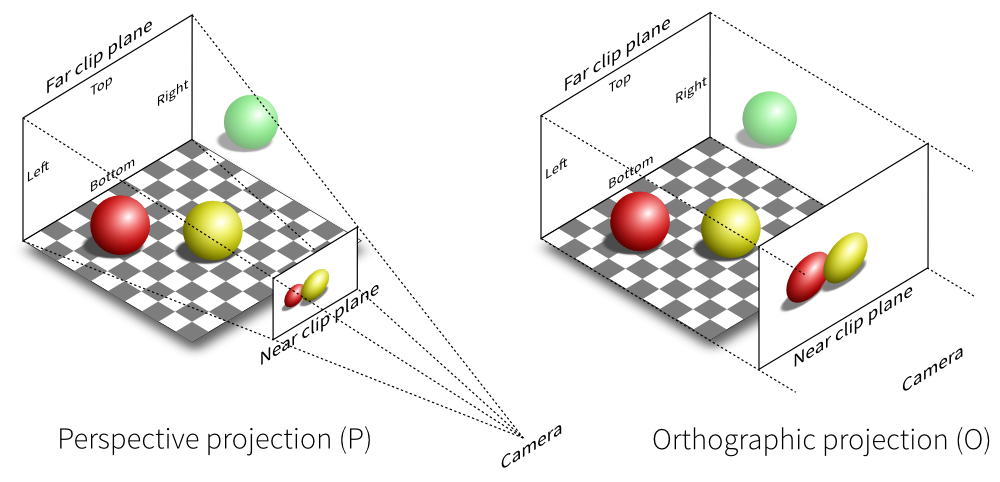1
2
3
4
5
6
7
8
9
10
11
12
13
14
15
16
17
18
19
20
21
22
23
24
25
26
27
28
29
30
31
32
33
34
35
36
37
38
39
40
41
42
43
44
45
46
47
48
49
50
51
52
53
54
55
56
57
58
59
60
61
62
63
64
65
66
67
68
69
70
71
72
73
74
75
76
77
78
79
80
81
82
83
84
85
86
87
88
89
90
91
92
93
94
95
96
97
98
99
100
101
102
103
104
105
106
107
108
109
110
111
112
|
#include <bits/stdc++.h>
#include <ext/pb_ds/assoc_container.hpp>
#include <ext/pb_ds/tree_policy.hpp>
inline char read() {
static const int IN_LEN = 1000000;
static char buf[IN_LEN], *s, *t;
s == t ? t = (s = buf) + fread(buf, 1, IN_LEN, stdin) : 0;
return s == t ? -1 : *s++;
}
template<class T>
inline void read(T &x) {
static char c;
static bool iosig;
for (c = read(), iosig = false; !isdigit(c); c = read()) {
if (c == -1) return;
c == '-' ? iosig = true : 0;
}
for (x = 0; isdigit(c); c = read())
x = (x + (x << 2) << 1) + (c ^ '0');
iosig ? x = -x : 0;
}
const int OUT_LEN = 1000000;
char obuf[OUT_LEN], *oh = obuf;
inline void print(char c) {
oh == obuf + OUT_LEN ? (fwrite(obuf, 1, OUT_LEN, stdout), oh = obuf) : 0;
*oh++ = c;
}
template<class T>
inline void print(T x) {
static int buf[30], cnt;
if (x == 0) {
print('0');
} else {
if (x < 0) print('-'), x = -x;
for (cnt = 0; x; x /= 10) buf[++cnt] = x % 10 + 48;
while (cnt) print((char)buf[cnt--]);
}
}
inline void flush() {
fwrite(obuf, 1, oh - obuf, stdout);
}
namespace Task {
const int MAXN = 100005;
int fa[MAXN], rank[MAXN];
typedef __gnu_pbds::tree<int, int, std::less<int>, __gnu_pbds::rb_tree_tag, __gnu_pbds::tree_order_statistics_node_update> Tree;
Tree t[MAXN];
inline int get(int x) {
register int p = x, i;
while (p != fa[p]) p = fa[p];
while (p != x) i = fa[x], fa[x] = p, x = i;
return p;
}
inline void put(int x, int y) {
if ((x = get(x)) != (y = get(y))) {
rank[x] > rank[y] ? (std::swap(x, y), 0) : 0;
fa[x] = y;
for (Tree::iterator it = t[x].begin(); it != t[x].end(); it++)
t[y][it->first] = it->second;
rank[x] == rank[y] ? rank[y]++ : 0;
t[x].clear();
}
}
inline int query(int x, int k) {
return k > t[x = get(x)].size() ? -1 : t[get(x)].find_by_order(k - 1)->second;
}
inline void solve() {
register int n, m, q;
read(n), read(m);
for (register int i = 1, a; i <= n; i++)
read(a), fa[i] = i, t[i][a] = i;
for (register int i = 1, x, y; i <= m; i++)
read(x), read(y), put(x, y);
read(q);
register char c;
while (q--) {
c = read();
while (isspace(c)) c = read();
switch (c) {
case 'B':
read(n), read(m), put(n, m);
break;
case 'Q':
read(n), read(m);
print(query(n, m)), print('\n');
break;
}
}
}
}
int main() {
Task::solve(), flush();
return 0;
}
|



